Ghee
Are you enjoying ghee in your diet yet? At Bulletproof, we love ghee not only for its delicious taste but also its many health benefits. It has a high smoke point and a delicious flavor, making it ideal for sautéing and frying. Plus, its high-fat, nutrient-dense profile makes it ideal for a keto diet, paleo diet and Whole30 diet.
Ghee, also known as clarified butter, is a traditional ingredient with a rich history in various cultures. Ayurveda is an ancient Indian system of medicine. In it, ghee holds a revered status for its therapeutic properties and nutritional benefits. Ghee is considered a sattvic food, believed to promote balance and harmony within the body and mind. It is often used in Ayurvedic rituals, cooking and medicinal preparations due to its believed ability to support digestion, nourish tissues and support well-being.1
You might be wondering: What is ghee made from? What’s the difference between ghee vs. butter? Is ghee dairy-free? What is clarified butter? Read on to learn about how ghee can contribute to a healthy lifestyle and the benefits of ghee. You’ll also discover how we approach ghee at Bulletproof, ghee recipes and answers to common questions you may have about ghee. Let’s dive in!
What Is Ghee?
You may have heard ghee referred to as ghee butter or clarified butter. In essence, both terms refer to the same clarified form of butter.
Ghee is produced by heating butter to separate the milk solids and water from the fat. First, butter is melted over low heat to allow the water to evaporate. Next, the melted butter is heated even more, causing the milk solids to separate and settle at the bottom of the pan. The clear, golden liquid on top is the clarified butter, which is then strained to remove any remaining milk solids. This process takes out the impurities and results in pure butterfat, known as ghee. Ghee has a rich, nutty flavor.
So, what are the benefits of ghee?
Ghee Benefits
Ghee not only tastes delicious, but it offers potential health benefits that make it even more appealing. Though ghee is a healthy fat, consume it in moderation to meet your macro needs. What can you expect from this quality fat? The benefits of ghee include:
Antioxidants
Ghee’s antioxidant properties may help reduce oxidative stress in the body. This, in turn, could lower the risk of chronic diseases. Antioxidants in ghee, such as vitamin E and conjugated linoleic acid (CLA), may also protect cells from damage caused by free radicals.2
Vitamins
Ghee is rich in fat-soluble vitamins A, D, E and K, which play essential roles in vision, immune function and bone health, among other body functions.3 These vitamins are better absorbed when consumed with dietary fats like those found in ghee. This could contribute to general well-being.
Lactose-Free
Ghee is clarified butter, which means the milk solids and water have been removed. This makes it suitable for people with lactose intolerance.4 Ghee is great for people with lactose sensitivity who still want to enjoy dairy-like flavors.
The Science-Backed Benefits of Ghee
Learn more about ghee’s many nutritional properties from recent scientific studies:
Ghee could help lower cardiovascular risk factors according to a cross-sectional study of 5,550 adults ages 35–65 in Iran.8 The study found that people who consumed ghee were less likely to suffer from metabolic syndrome. (Metabolic syndrome is a cluster of disorders including insulin resistance, hypertension and obesity.) In some instances, components of metabolic syndrome improved when participants increased ghee consumption.
Medium-chain triglycerides (MCT) are found in ghee. They contribute to better intestinal health and alter the gut microflora.9 A study of 45 people in China included 30 who took MCT milk and 15 who took a milk placebo for 12 weeks. Those who took MCT had better digestive health, including an improved serum profile. Ghee could contribute to increased immunity and more diverse microbiomes.
Ghee is also a good source of conjugated linoleic acid (CLA), a type of fatty acid found in dairy products. A study of 90 participants in Iran found that CLA could help fight oxidative stress for patients with COPD, or Chronic Obstructive Pulmonary Disease.10 CLA’s antioxidant properties can help scavenge free radicals, potentially protecting cells from damage.
These studies are great news for ghee lovers. Next, let’s look at why ghee has become such a central part of the Bulletproof diet.
The Bulletproof Approach to Ghee
The Bulletproof diet favors eating nutrient-dense foods for better physical and cognitive performance. It also supports weight loss and well-being. As we’ve seen, ghee is rich in fat-soluble vitamins, healthy fats, short-chain fatty acids and antioxidants. Ghee is the perfect addition to a keto diet, paleo diet and Whole30 diet and that’s why we include it as a healthy fat in so many Bulletproof recipes.
Spotlight on Ghee
Our Grass-Fed Ghee is even more delicious than butter and it’s lactose-free. We love to use it in the Bulletproof diet as a nutritious alternative to cooking oils or butter. And of course, it provides the creamy flavor profile to our famous Bulletproof Coffee.
As with all our products, we use the highest quality ingredients, which in this case is milk from New Zealand cows. And we thoroughly test all aspects of our product to produce the best ghee possible.
Our Supplement Testing Standards
At Bulletproof, we don’t leave the quality of our products up to chance. From sourcing ingredients to final composition testing, we commit to a science-backed approach. We work with third-party labs so that you can trust the integrity of our testing process.
All our supplements go through four layers of quality testing. The first test looks at the ingredients to make sure they are present and not diluted. Then, we test for purity and check for any harmful contaminants. After that, we do strength testing to measure the amount of active ingredients and ensure that they match what’s written on the label. And finally, the last step involves composition testing. This is when we verify that the product meets all label specifications.
Our testing process is extensive, but it means that you can trust our ghee to be accurately labelled, safe and effective.
Ghee Recipes
Explore some of our favorite recipes that use ghee as a star ingredient. From ghee in coffee to decadent desserts, these recipes highlight the rich taste and versatile cooking properties of ghee.
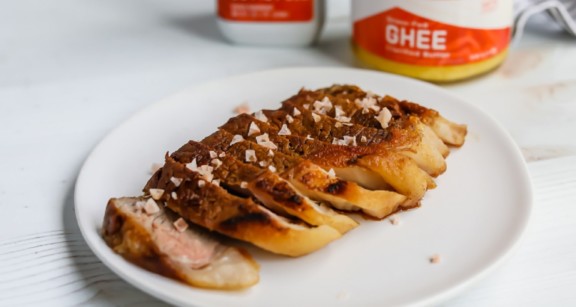
Easy Seared Steak with Ghee
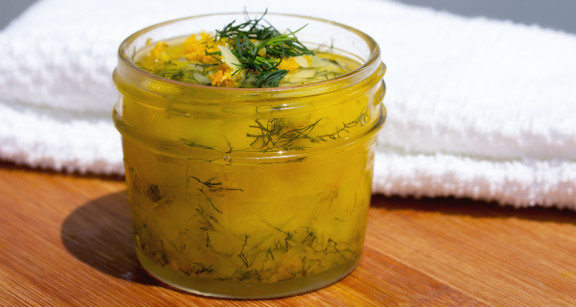
Orange Dill Compound Butter (or Ghee)

Iced Bulletproof Coffee
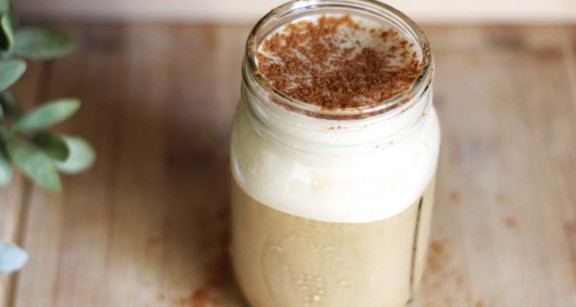
Bulletproof Coffee Egg Latte
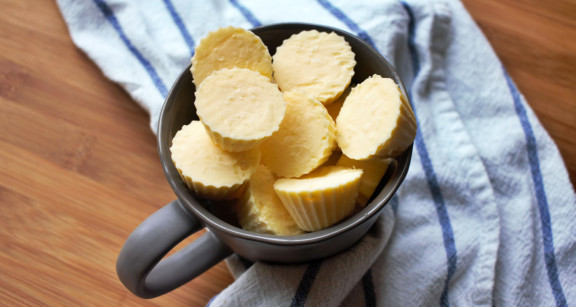
How to Make Bulletproof Coffee Blocks for Busy Mornings
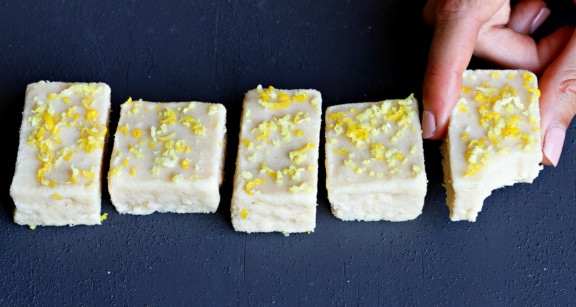
Homemade Collagen Protein Bars

Easy Prebiotic Bulletproof Coffee With Collagen Protein
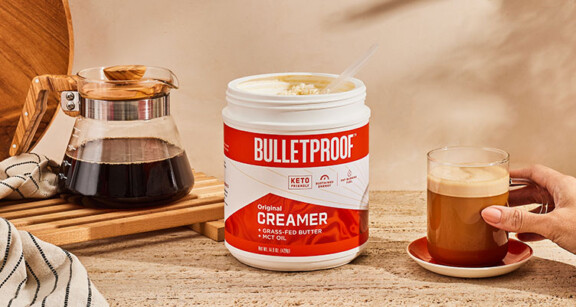
Keto Coffee Recipes to Keep You Happy and Laser-Focused

Pasture-Raised Egg Bites
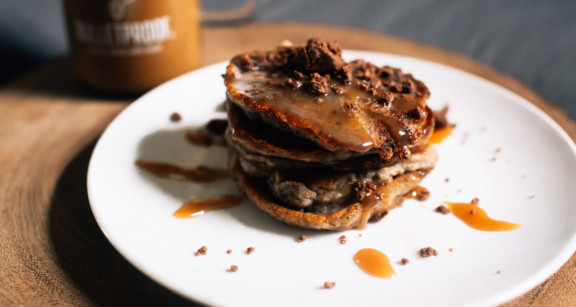
Keto Pumpkin Pancakes
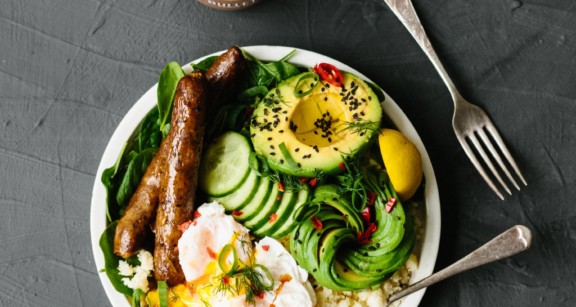
Bulletproof Breakfast: Buddha Bowl
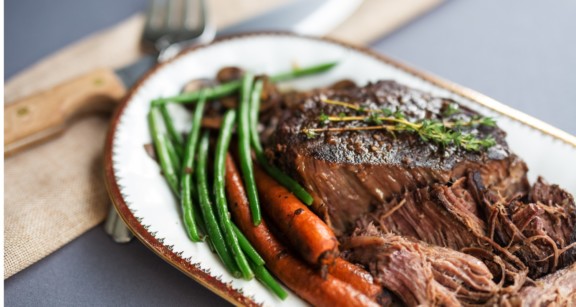
6 Recipes for a Bulletproof Thanksgiving, From Breakfast to Dessert
Learn More About Ghee
Ghee Articles
5 Surprising Benefits of Ghee, Your New Favorite Pantry Staple
Ghee vs Butter: What’s the Difference, and Which is Best?
What 20-30 Grams of Protein Looks Like for Breakfast
5 Ways to Stick to Your Goals This Thanksgiving (Plus, Two Recipes)
The Ultimate Guide to the Bulletproof Diet
The Keto Diet & Bodybuilding – Tips and Meal Ideas
Hacking the Cost of the Bulletproof Diet On A Budget
Ghee Recipes
18 Keto Pumpkin Recipes to Celebrate Fall
Keto Cookie Ice Cream Sandwiches
Healthy Snacks for Kids: 31 Super Simple Recipes
The Keto Diet & Bodybuilding – Tips and Meal Ideas
Keto Breakfast Tacos With Bacon and Guacamole
Bulletproof Pumpkin Spice Latte
5 Easy Keto Meals for a Week of Lower-Carb Dinners
Break Your Fast With Quality Fats: Fuel Up With These 20 Recipes
Ghee Products
FAQs
No, ghee is not dairy-free. Ghee is clarified butter, which means it is made from butter, a dairy product. The milk solids are removed during the clarification process. This makes ghee suitable for some people with lactose intolerance or milk allergies. Trace amounts of milk proteins may still be present in ghee, so it may not be suitable if you have severe dairy allergies.
Store ghee in an airtight container at room temperature or in a cool, dark place away from direct sunlight. It doesn’t need refrigeration and has a long shelf life, lasting several months or even years if you store it properly. Exposure to heat, light and air can cause ghee to oxidize and develop off-flavors, so keep it sealed tight to maintain its quality.
Ghee and olive oil both have pros and cons. The choice depends on what you are using them for, and what type of nutritional benefits you’re after. Both ghee and olive oil contain essential fat-soluble vitamins like vitamins E and K, though in different amounts.11 Ghee contains vitamin A, while olive oil does not. For cooking, ghee offers a high smoke point, making it ideal for high-temperature frying and sautéing. Olive oil is better suited for medium-heat cooking or as a finishing oil. Neither ghee nor olive oil is healthier than the other; it’s all about nutritional goals and using in moderation.
Yes, ghee is suitable for a keto diet. It is high in fat and low in carbs, making it compatible with the macronutrient ratios you need to follow in a ketogenic diet. Ghee provides a source of healthy fats for keto, including medium-chain triglycerides (MCTs). MCTs can help induce and maintain ketosis, the metabolic state central to the ketogenic diet.
Yes, you can include ghee in a paleo diet. A paleo lifestyle emphasizes whole foods, and ghee is a nutrient-dense fat. Consume ghee in moderation, as a single teaspoon has about 45 calories.
Yes, you can include ghee in your Whole30 diet because it is clarified butter. This means the milk solids and water have been removed, making it lactose and casein-free. Choose a high-quality grass-fed butter that doesn’t contain any additives or preservatives.
Clarified butter is also known as ghee or ghee butter. It’s butter that has been heated to separate the milk solids and water, leaving behind pure butterfat. This process enhances the butter’s flavor, shelf life and cooking properties.